Communicating Student LearningCommunicating student learning is important. Many teachers still use a parent/teacher format, but I have found that the student-led model is far more effective. I am retired now, but this is the model I used for over 20 years and the feedback was always positive and very helpful. I never experienced a time when it wasn't effective or well-received by both parents and students. Conducting student-led conferences requires management that allows for sharing, communicating, and reflecting. In my classroom, there were up to 3 families at a time. They all had an agenda to follow and several different things to do. One of those things was to meet with the teacher. There was also flexibility to come and go if the family had multiple children and conferences to participate in. Why Student Led Conferences WorkStudent-led conferences work because they include the child in the process. They empower children to be the leaders in sharing their learning. When they are done well, there are opportunities to share what has been learned, work together on activities with parents that relate to what they are studying, look at evaluations from both the child and the teacher, and discuss concerns and goals for future learning. Student-led conferences are a blend of sharing, reflecting, and setting goals for future learning. It is important to prepare the children for these conferences. Role playing and practicing helps them to understand what to expect and sets them up for success. Scheduling enough time in the conferences is also important. Children need time to share their successes, participate in activities with their parents, and discuss their learning with the teacher and their parents. The materials and activities that you use for your conferences should reflect what is happening in your classroom. I have created a package with some materials that have worked well for me. They can be used as a sample that can be adapted for your conferences. For more specifics and to see what is included in this package, check out this post.
0 Comments
The key to making guided reading work in the primary classroom is being organized and making sure that the children have been taught the routines and expectations for guided reading time. Here are a few tips and tricks to help you get started or to hopefully help make the guided reading time work smoothly. Do some sort of informal assessment with each child so that you know what levels you are working with and what language concepts and skills need to be taught. At the beginning of each year, I would take students one at a time while others were working on an activity and informally have them read some books or do some language activities with me. I would have a collection of materials available at a variety of levels so that I could get a rough idea of what would be a good instructional level to start with. Remember: Not all children read during the summer break. Often the reading levels drop and it is necessary to start at a lower level until the skills are practiced for a bit. Don't let that worry you. It is important to make sure that the level is comfortable and not too difficult so that fluency can be practiced and comprehension skills can be deepened. Choose both fiction and non-fiction material so that the children get comfortable with them. Often non-fiction books can be considered more difficult, but because they are of interest to the children, they are willing to work through them. Sometimes they are able to identify with the situations and make connections to themselves and to their world. Teach a variety of language skills. We often work with letter/sound connections and sight words when children start reading, but I like to take it a step further. I often look for language usage activities that fit with the books I choose. For example: I teach my emergent readers about quotation marks and speech bubbles. I love doing activities that help them to look closer at the way the written word is used in books. They get really good at finding the speech marks and we play games where they can only say what is inside them. I get to read all the other parts. It doesn't take them long to figure it out. Have some quiet activities prepared for the groups that are working independently so that you are not disturbed while working with another group. These can be paper/pencil activities, book bins of material that is at an appropriate reading level, listening center activities, language activities on ipads or computers, or building words or working with letters games in a center. It is important to have a variety of materials and activities ready so that you can differentiate for the various groups and levels. Make sure that each group knows what is expected before beginning the guided reading sessions so that you don't need to spend time redirecting or re-explaining when you are working with a small group. It will require some direct teaching and practice to make sure that they understand the expectations and they follow the guidelines given. It might help to have some anchor charts available. If they get confused or they finish early, they need to know what the expectation is and then follow it. For example: Perhaps they can quietly ask someone for clarification if they get stuck. Maybe there is a place for early finishers to go and get a quiet activity to work on. Use volunteers that have been trained by you to help with your higher groups. I found this to be very effective because I would prepare the materials and I would provide an outline of what to do. It can be a bit time consuming at the beginning, but once the work has been done, it can be reused with others groups as they reach the same level. Here are some guided reading materials I have created for some of my groups. I have them ready now to use again when I am teaching new groups of students. This has come in very handy this year as I am already prepared for the next group of students that I get. (I am retired now, so I am the volunteer at the school.) Do a variety of things with whatever group you are working with. This is especially important with those students who are struggling. It is hard work for them to decode, respond to reading, comprehend material and enjoy reading. Adding word games, hands-on activities and other surprises will help engage them in working with written material and motivate them to continue trying. Here are some things I have done in the past. I give each of my students a witch's finger for tracking. They love to use it instead of their index finger. Starbuck stoppers work well too. I have the 220 high frequency sight words with various themes and I play games with them. I love to play silly sentences when teaching about parts of speech. Here are some of the activities that I created. Sometimes it is easy to leave the stronger students alone to read while working with the others. It is important to make sure that they get challenged as well. I love to do novel studies and more advanced activities with them. Often they are able to read fluently and they get the basic idea of what they have read, but they don't always read for deeper understanding, make connections, or understand the elements of the stories. Doing activities that encourage them to find evidence in what they are reading and practice various strategies will help them to develop these skills. Here are some of the guided reading study packages that I have created. Well, there you have it. I hope some of these ideas will work for you. If you use any of them, I would love to hear about it. It would also be great to hear of other ideas and suggestions that you use in your classroom. If you have any questions or would like more information about anything, please contact me. Related posts
Student Led Conferences Made Easy
I know it seems early to start talking about assessment, but it is an on-going thing that needs to be done in order to communicate successes and concerns with parents. Meetings can begin with the meet the teacher night and continue both formally and informally throughout the year. It used to be easy to meet up with parents at the beginning or end of the day, but nowadays, so many parents are working that it is more difficult to connect with them face to face.
Meetings with the parents and sharing successes and concerns about students can be very helpful, but preparing for the meetings can be time consuming and stressful.It is good to get started early when gathering materials and doing formative assessments.
Meetings with the parents and sharing successes and concerns about students can be very helpful, but preparing for the meetings can be time consuming and stressful.It is good to get started early when gathering materials and doing formative assessments.
Student led conferences are an excellent way to combine parent teacher meeting with students present and taking on the role of sharing their work and progress. Many teachers still use a parent/teacher format, but I have found that the student-led model is far more effective. I am retired now, but this is the model I used for over 20 years and the feedback was always positive and very helpful. I have created the following package that contains the materials I used. It has been updated this year and is more current now. Click here or on the image below to find out more and check out the preview to get a free visual assessment page.
It is important to begin by sending home a letter to parents explaining what a student-led conference is and why you think it is beneficial. See the letter below.
As mentioned in the letter, a conference folder is prepared for each student. In this folder, the student's work, assessments, self-evaluations, and selected materials are kept. There is also an agenda for the day along with a math or language activity to be done with the parents, a letter template for the parent to use at the end of the conference, and a reflection sheet for the parents to complete and leave with the teacher.
It is important that the children be prepared for the conferences, so do some role playing ahead of time. They get a kick out of being the parents and the child, so it is fun for them to do. You may have up to 3 families in the room at a time, so when doing role play, try to model that as well.
If you are not sure about doing student-led conferences, I encourage you to give them a try. You will be amazed at how valuable and positive they can be.
I know it seems early to start talking about assessment, but it is an on-going thing that needs to be done in order to communicate successes and concerns with parents. Meetings can begin with the meet the teacher night and continue both formally and informally throughout the year. It used to be easy to meet up with parents at the beginning or end of the day, but nowadays, so many parents are working that it is more difficult to connect with them face to face.
Meetings with the parents and sharing successes and concerns about students can be very helpful, but preparing for the meetings can be time consuming and stressful. In past years, formal conferences in our district were held once a year in the late fall. Recently this changed and conferences are now held in the fall and in the spring. Many teachers still use a parent/teacher format, but I have found that the student-led model is far more effective. I am retired now, but this is the model I used for over 20 years and the feedback was always positive and very helpful. I have created the following package that contains the materials I used. It has been updated this year and is more current now.
It is important to begin by sending home a letter to parents explaining what a student-led conference is and why you think it is beneficial. See the letter below.
As mentioned in the letter, a conference folder is prepared for each student. In this folder, the student's work, assessments, self-evaluations, and selected materials are kept. There is also an agenda for the day along with a math or language activity to be done with the parents, a letter template for the parent to use at the end of the conference, and a reflection sheet for the parents to complete and leave with the teacher.
Here are some of the assessments to use as well as the letter template and reflection form for the parent. I have made the forms with either a girl or a boy on them as well.
It is important that the children be prepared for the conferences, so do some role playing ahead of time. They get a kick out of being the parents and the child, so it is fun for them to do. You may have up to 3 families in the room at a time, so when doing role play, try to model that as well.
If you are not sure about doing student-led conferences, I encourage you to give them a try. You will be amazed at how valuable and positive they can be.
We have now completed 6 months of the school year. It is hard to believe that over half of the year is already over. Communicating student learning continues to be a focus in our district. Here is my post from the beginning of the year.
Soon we will be holding our second set of interviews. This is the first time that we have had a second scheduled interview with parents in a school year. For some of my colleagues, student led- conferences are a new way of meeting as well. They are used to doing parent interviews. We have this year to make the shift, and some teachers have yet to try the student led conferences. It is also a big shift to be sending home assessment material throughout the year instead of the standard formal report cards we were doing each term. It is supposed to be easier and more authentic, but it is becoming overwhelming and people are getting stressed out. Change is not easy and this is a big shift for many people. Hopefully as time passes, the stress will lessen and the process will be more streamlined.
We are also moving towards using more technology and less paper. Some people are testing out using e-portfolios and class websites to communicate with parents. Others are uploading and scanning assessment papers, rubrics, newsletters, and work samples into group folders.
I have been doing student-led conferences for almost twenty years now, and I love them. Student-led conferences or three way conferences can be very powerful for both the students and the families. It allows for sharing of successes and focuses on what is going well. It is a great way to share learning. The time spent with the teacher is only a small part of the conference and it is usually after the child has done some sharing first. It is a time to discuss what is going well, areas needing improvement, and concerns. The atmosphere is inviting and empowering for the child.
Here are two activities from my student-led conference package. I find them very helpful in the process. The first one is great for getting conversations started, and the letter is a wonderful reflection for the child later on.
What are some of the ways you report back to parents and communicate student learning? I would love to hear about them.
It is becoming more and more obvious that not all children are able to effectively demonstrate their knowledge through written reports and essays. They find tests to be difficult and often are unable to correctly answer questions. They write minimally and therefore it is not a clear indicator or evaluation of their understanding.
I have found that by providing at least one project per term, many of my students have been able to share their knowledge through other means. They are thrilled to present to parents and students during our celebration days and they have surprised older students and teachers in the intermediate grades with how much they know. They are proud of their projects and they find that having a variety of choices for presenting allows them to choose something they can be successful with. The photos on this page show five of the different projects that I have used in the past. How are you using project-based learning?
I would love to find out what others are doing with projects in their classrooms.
Communicating student learning is the new focus this year in our district. We have started using a new format that involves more contact and communication with parents and only one formal report card that will be sent out in June. At first glance, you might think that this will provide less accountability for the students and you might wonder if there will be many students slipping through the cracks. I hear you, several of my colleagues have wondered the same thing. However, after one month of school, and only 3 weeks with our new students, I have fewer concerns now.
We will be sending out rubrics that focus on different aspects of learning throughout the year, creating portfolios of work to send home periodically, or to be emailed as an e-portfolio, and holding 2 three-way conferences (student led conferences). In addition, we will be sending home updates regularly via newsletters, email, etc.
We have rubrics for each of the subject areas and for learning behaviors. These rubrics will be completed a few times during the year and then a full report card will be sent home at the end of the year with all the rubrics in it.
I just completed the first set of rubrics for learning behaviors and social behaviors that are necessary for success. This was very appropriate for the beginning of the year as we started out the year learning about the classroom and school rules and routines and we focused on developing positive self esteem.
I created a checklist so that we can keep track of which rubrics have been sent out and when they were sent out. Teachers also wanted to have a place to keep track of their newsletters and other media sent out as well. If you would like a copy clickhere.
Our first student led conferences will be held at the beginning of November. At this time, we will have reported on some of the academics that we have been working on, and this will allow us to focus on areas of success and concern at the meeting. Student led conferences are a very rewarding experience for the students and parents. I have used this format for years and it never ceases to lose its impact. I have a specific package of materials that I have used successfully for these conferences. If you would like to check it out, click here.
This is our first year with this style of reporting, so there will surely be some challenges along the way, but it has started out well. I will give updates as we take this journey. I would love to know what others are doing with reporting and communicating student learning.
|
About Me Charlene Sequeira
I am a wife, mother of 4, grandmother of 9, and a retired primary and music teacher. I love working with kids and continue to volunteer at school and teach ukulele. Categories
All
|



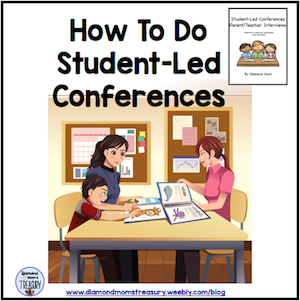
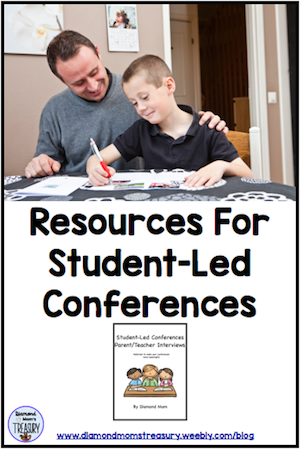
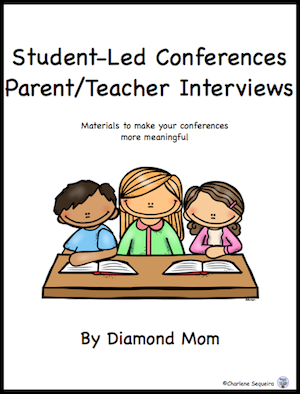




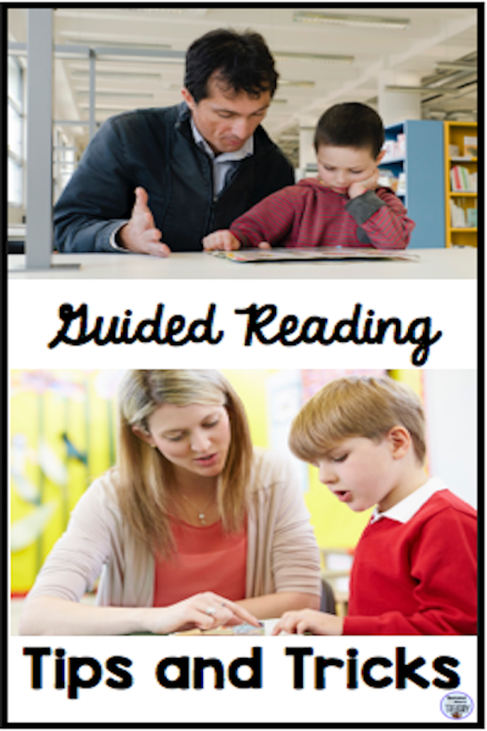






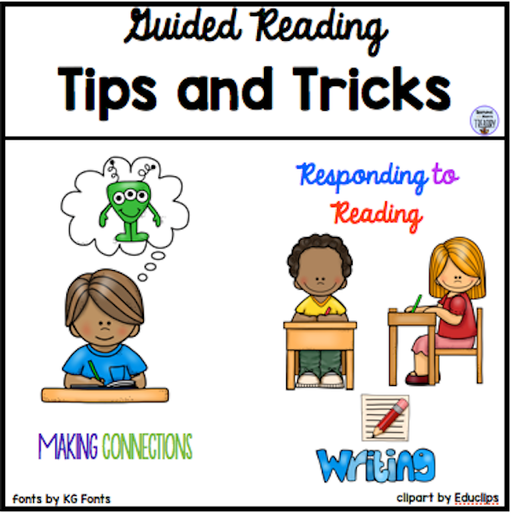





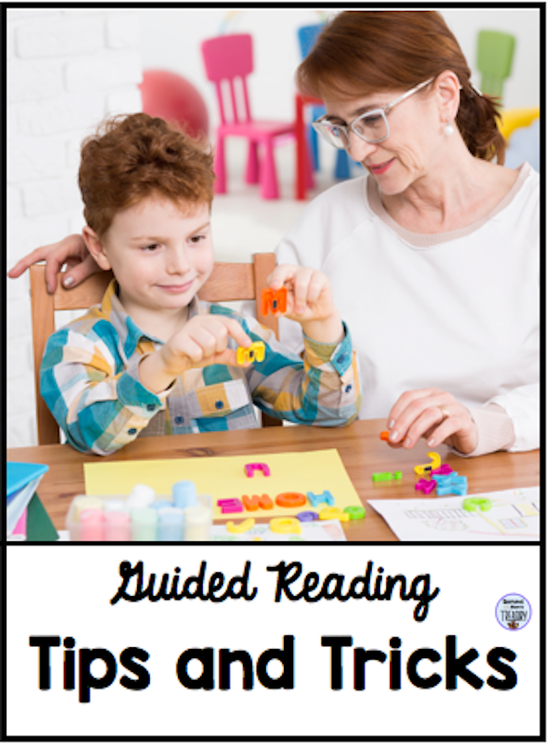





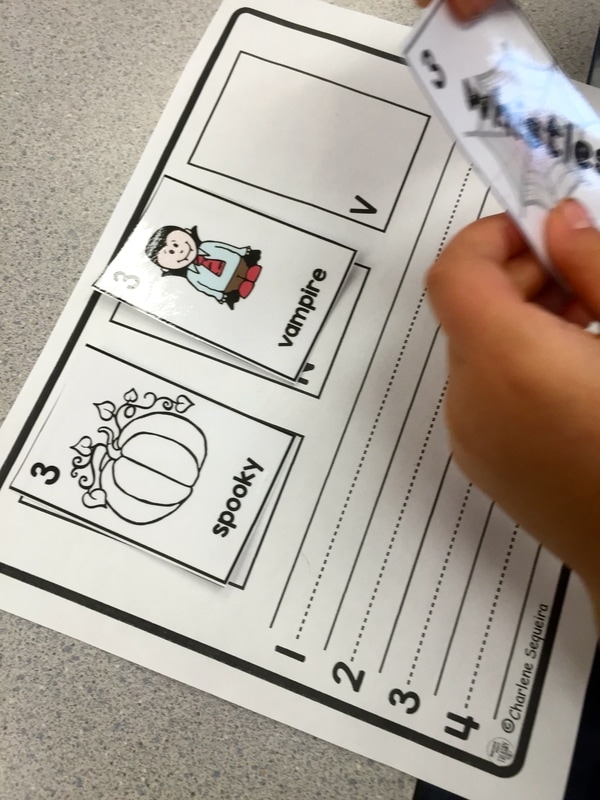

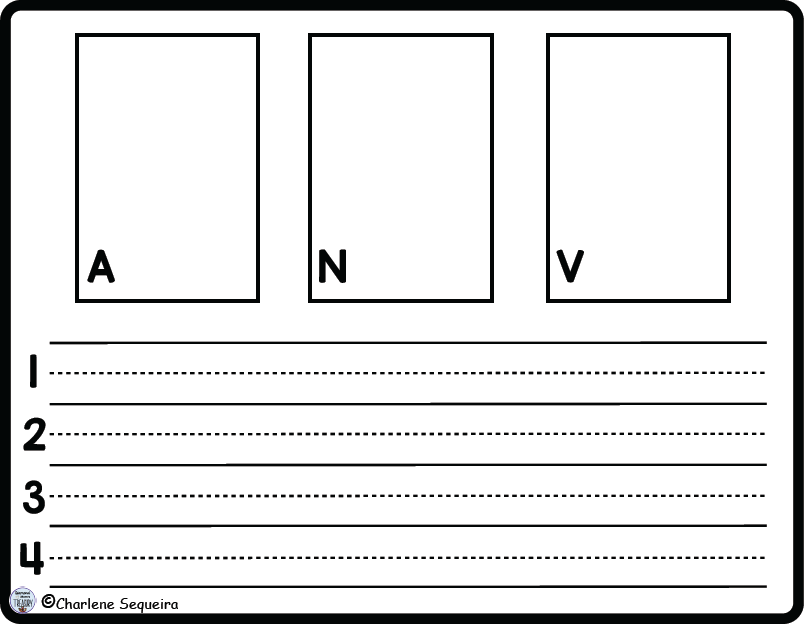

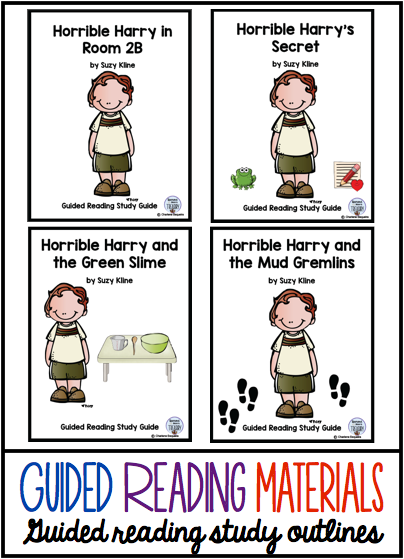
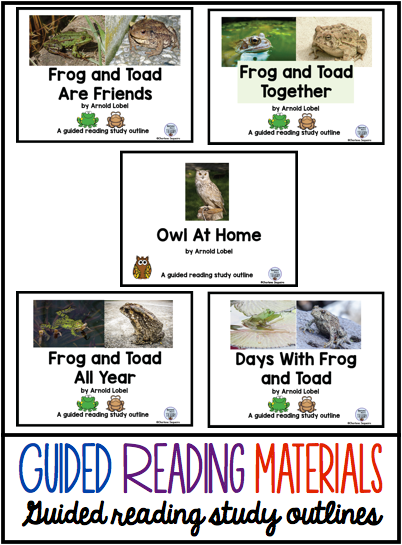


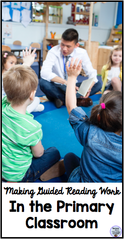












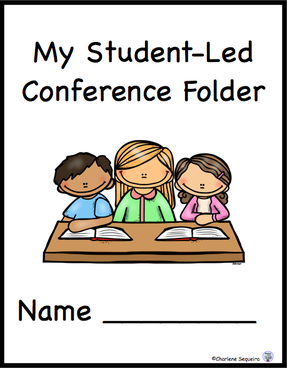


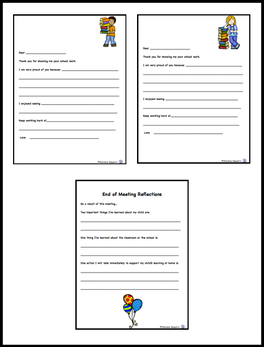























 RSS Feed
RSS Feed